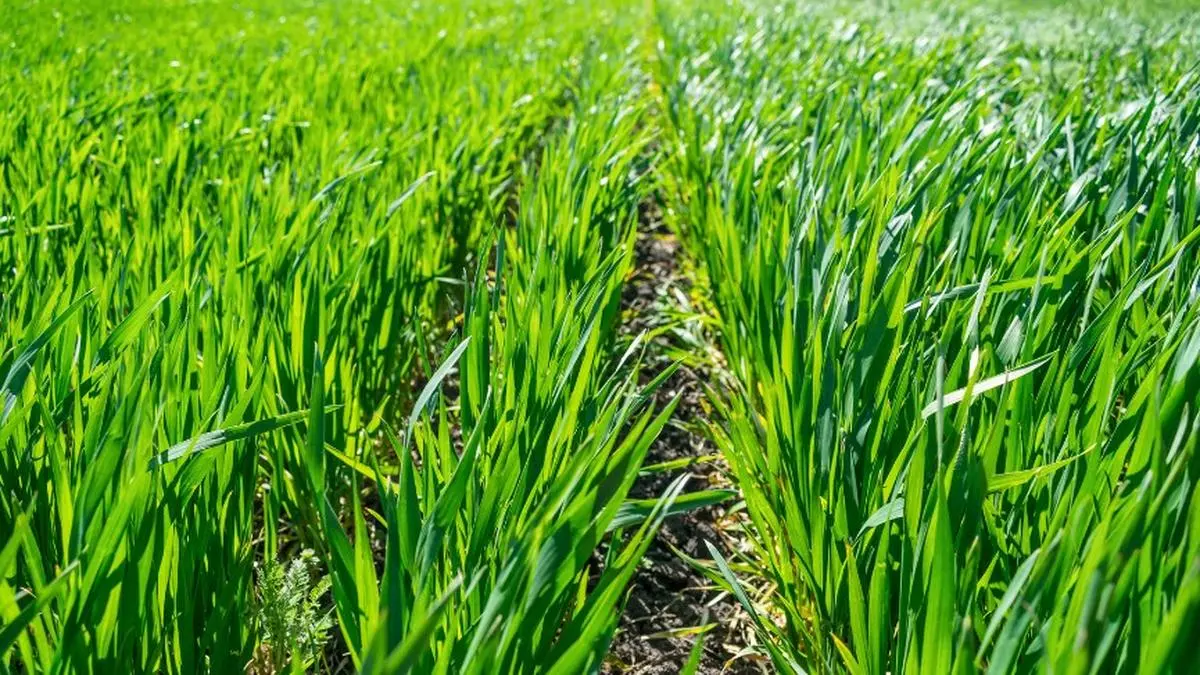Reconnecting with nature: Embracing regenerative agriculture for a sustainable future
Therapists and psychologists emphasise that the narratives we create shape our interactions with the world, both internally and externally. Historically, humans deeply respected and saw themselves as part of nature. However, with industrialisation, people began to dominate and exploit nature, viewing themselves as its owners. In response, nature has retaliated with fires, storms, droughts, and rising waters, showing her power and thought.
To mitigate these calamities, we must embrace regenerative agricultural practices in managed farmlands. By enhancing soil health, efficiently managing water, promoting biodiversity, restoring ecosystems, and supporting communities, we can restore balance and harmony with nature, safeguarding our future.
Here’s how they work:
Soil health management: Healthy soil is the foundation of regenerative agriculture. It supports plant growth, enhances nutrient cycles, and promotes water retention. Key practices include:
Mulching: Mulching involves covering the soil with organic materials like bark, leaves, or compost. This helps conserve moisture, suppress weeds, and enrich the soil with essential nutrients.
No-till farming: No-till farming avoids disturbing the soil through ploughing. In No-Till farming, we only cut the unwanted plants above ground level without disturbing the plant roots. This method helps maintain soil structure, supports beneficial microbes, and reduces erosion.
Vermicomposting: Vermicomposting uses earthworms to convert organic waste into nutrient-rich compost. This process improves soil structure, enhances nutrient availability, and supports plant growth.
Biochar: Biochar is a form of charcoal produced by burning organic materials at high temperatures without oxygen. It improves soil structure, nutrient retention and water-holding capacity while also sequestering carbon to help combat climate change in a big way. Biochar also provides a healthy atmosphere for microbes to flourish.
Green manure: Green manure involves growing specific plants, such as legumes & Native plants, that are later put back into the soil. These plants provide soil cover and fix nitrogen from the air into the soil, enriching it with essential nutrients.
Water management: Effective water management is essential for sustainable agriculture. Innovative practices include:
Swales – Swales are shallow trenches dug along the contour of the land to capture and manage water runoff. They promote water infiltration, reduce erosion, and spread soil moisture.
Trenches -Trenches are long, narrow ditches that direct water where it is needed most. Trenches are positioned strategically. They help ensure crops receive adequate moisture and reduce the risk of waterlogging or drought.
Bioswales – Bioswales are designed channels filled with vegetation, compost, and soil. They manage stormwater runoff by slowing it down, capturing it, and filtering out pollutants.
Ponds -Excess rainwater during heavy downpours is collected in natural or manmade ponds. Collected can be reused & will percolate into the ground slowly.
Habitat restoration and conservation – Restoring and conserving natural habitats is vital for biodiversity and ecosystem health. Key practices include:
Riparian area restoration -Riparian areas are interfaces between land and water bodies. Restoring these areas involves planting native vegetation along riverbanks to stabilise the soil, filter pollutants, and provide wildlife habitat.
Wetland conservation – Wetlands are crucial ecosystems that support diverse plant and animal species. Conserving wetlands involves protecting them from drainage and development, restoring degraded areas, and managing water levels to maintain their ecological functions.
Wild zone area conservation – Wild zone conservation designates areas where nature can thrive without human intervention. These areas preserve natural habitats, support wildlife, and maintain ecological balance.
Biodiversity enhancement – Biodiversity is essential for ecosystem stability and resilience against pests and diseases. Innovative practices that enhance biodiversity include:
Companion planting – Companion planting involves growing different plant species together to benefit each other. This mimics natural ecosystems, supports pollination, pest control, and soil health.
Agroforestry – Agroforestry integrates trees and shrubs into agricultural landscapes, providing benefits such as enhanced biodiversity, improved soil health, and increased carbon sequestration.
Community involvement – Community involvement is crucial for sustainable agricultural practices. Engaging local communities fosters ownership and environmental responsibility. By forming a network of co-farmers in managed farmlands, these initiatives can enhance the adoption of innovative agricultural practices, ultimately contributing to a sustainable future and creating a resilient, collaborative approach to environmental stewardship.
Conclusion:
By adopting these regenerative agricultural practices in managed farmlands, we can contribute to a healthier planet, support biodiversity, and ensure the long-term viability of agricultural systems. Therefore, as we move forward, we must ask ourselves: Are we willing to embrace these regenerative methods to secure the future of our food and our planet?
The author is Co-founder and Chairman
